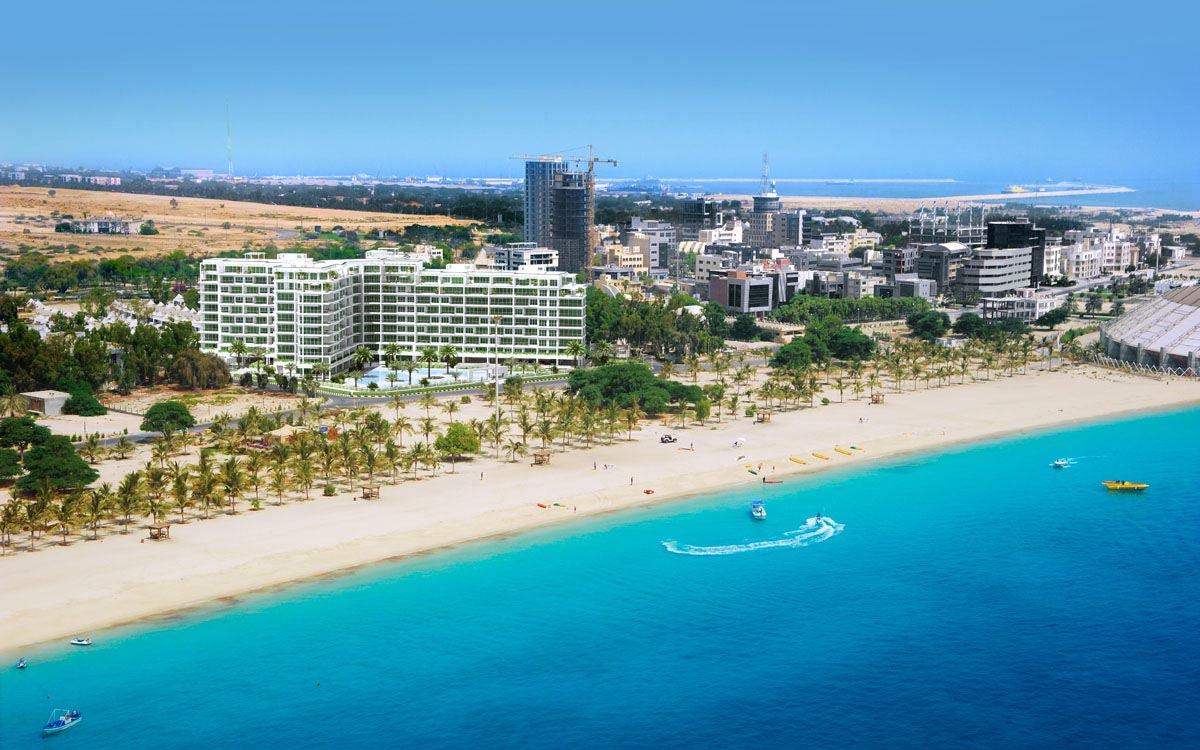No one is jobless in Kish Free Trade Zone, the unemployment rate in Qeshm FTZ (about 6%) is half the country’s average and the number of jobless is very low in Aras FTZ, the secretary of High Council of Free Zones said.
“The highest unemployment rates among FTZs have been registered for Arvand and Khorramshahr due to lack of infrastructures in the aftermath of Iran-Iraq War (1980–88),” Morteza Bank was also quoted as saying by the Persian daily Shahrvand.
“But the conditions are improving. Over the past couple of years, several manufacturing units were established in Arvand, which has triggered a reverse migration trend in this free trade zone. Figures show that FTZs have a workforce of around 265,000 and special economic zones employ 176,000.”
An estimated 90,000 jobs have been created in Iranian FTZs during the past four years, he had said earlier, noting that 6,000 people are working on Kish Island alone in the field of tourism.
Dispelling Popular Cliché
Contrary to the popular cliché that FTZs have actually turned into platforms for imports, the official said imports via FTZs stand at about $1.2-1.6 billion annually.
“Nearly $700 million of the total imports pertain to raw materials and machinery used by 1,200 industrial units located in the FTZs. Close to $300 million of those imports are directly used by residents of these zones and the items imported by passengers are worth up to $400 million,” he said.
“Nearly $190 million worth of goods were exported from FTZs in the fiscal 2013-14. The figure has improved over the past four years and we hope to register exports worth $1 billion in the current fiscal year (March 2017-18).”
Earlier, Bank was quoted as saying that around $2.5 billion worth of goods were exported from Iranian FTZs in the past four years.
Referring to the rise in exports via special economic zones in recent years, the official said that during the period, SEZs’ exports and imports hovered around $77 billion and $19 billion, respectively.
Plan to Launch New Economic Zones
Iran is home to seven free trade zones, namely Kish, Qeshm, Chabahar, Anzali, Arvand, Maku and Aras, and 64 special economic zones.
The official, who is also an advisor to President Hassan Rouhani, noted that the government is planning to establish eight new FTZs, such as Incheh Borun in Golestan Province, Mehran FTZ in Ilam, Ardebil FTZ in Ardabil Province, Sistan FTZ in Sistan-Baluchestan, Baneh and Marivan in Kurdestan, Jask in Hormozgan, Bushehr FTZ in Bushehr and Qasr-e Shirin in Kermanshah, as well as 12 special economic zones.
“The Majlis Economic Commission will discuss the government’s proposed bill in two weeks’ time,” he added.
The term “special economic zone” is commonly used to refer to any modern zone where business and trade laws differ from the mainland.
Broadly speaking, SEZs are located within a country’s national borders—unlike free trade zones on the edges—and aim to increase trade and investment, create jobs and improve administration.
To encourage businesses to set up operations and attract investments in economic zones, liberal policies have been enacted regarding tax regimes, trade, quotas, customs and labor regulations.
The creation of special economic zones was also motivated by the desire to attract foreign direct investment. The benefits of companies based in such zones include production and sale of goods at globally competitive prices. The operating definition of an economic zone is determined individually by each country.
In November, the High Council of Free Zones and the Organization for Investment, Economic and Technical Assistance of Iran signed a memorandum of understanding to boost FDI in free trade zones, ISNA reported.
The MoU calls for “improving the strength of the national economy by using the capacity of private sector cooperation and foreign investments in economic projects in free zones with the goal of facilitating and expanding production and exports, transfer of technology and providing resources to optimize the use of investment opportunities”.
Over the past four years, about $5.4 billion of foreign investments have been attracted in these FTZs, of which $800 million have been realized so far.
“Of the 540 trillion rials ($12.55 billion) pledged as domestic investment, about 200 trillion rials ($4.65 billion) have been realized,” Bank said.
Draft Rules for Entry of Int’l Credit Institutions
The High Council of Free Trade Zones recently announced that a draft version of regulations for the operation of international financial institutions in the zones has been devised and is pending the Cabinet’s approval.
Bank noted that one of the visions for economic activity in free trade zones is the establishment of financial relations with international companies, but the final statutes have not been ratified yet.
“During a series of meetings with the governor of the Central Bank of Iran, a draft version of regulations for international financial institutions in FTZs was prepared and sent to CBI, which is awaiting the Cabinet’s approval,” the official was quoted as saying by IBENA.
According to the official, domestic banks have opened some 350 branches in free trade zones, but there is still no sign of IFIs there.
As the central bank encourages FTZs to attract banking businesses, it notified a new directive to Iran’s state-owned and private commercial lenders about banking in free trade zones.
CBI requires at least €25 million in capital for establishing banks and €15 million for credit institutions. However, if a foreign credit institution wants to open a branch in one of these zones, it only needs €5 million.
The minimum capital can be in any currency accepted by the regulator. The bank can lower the minimum required capital, if deemed necessary.


